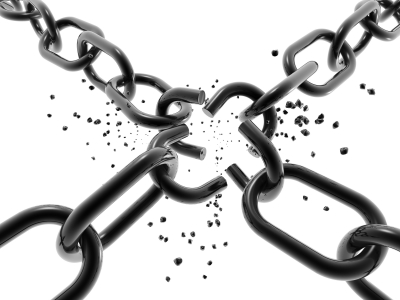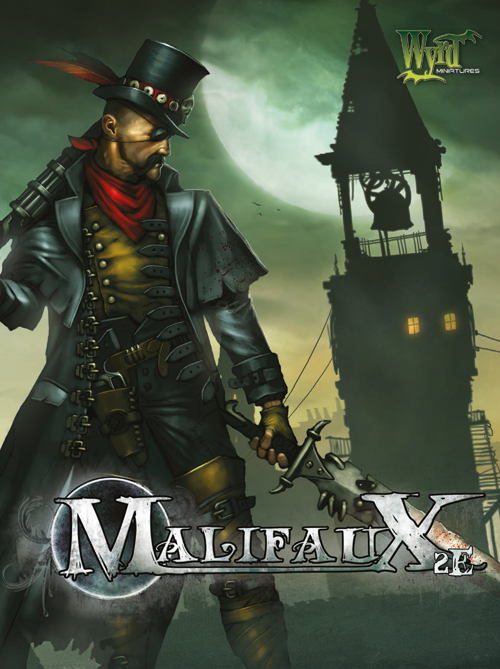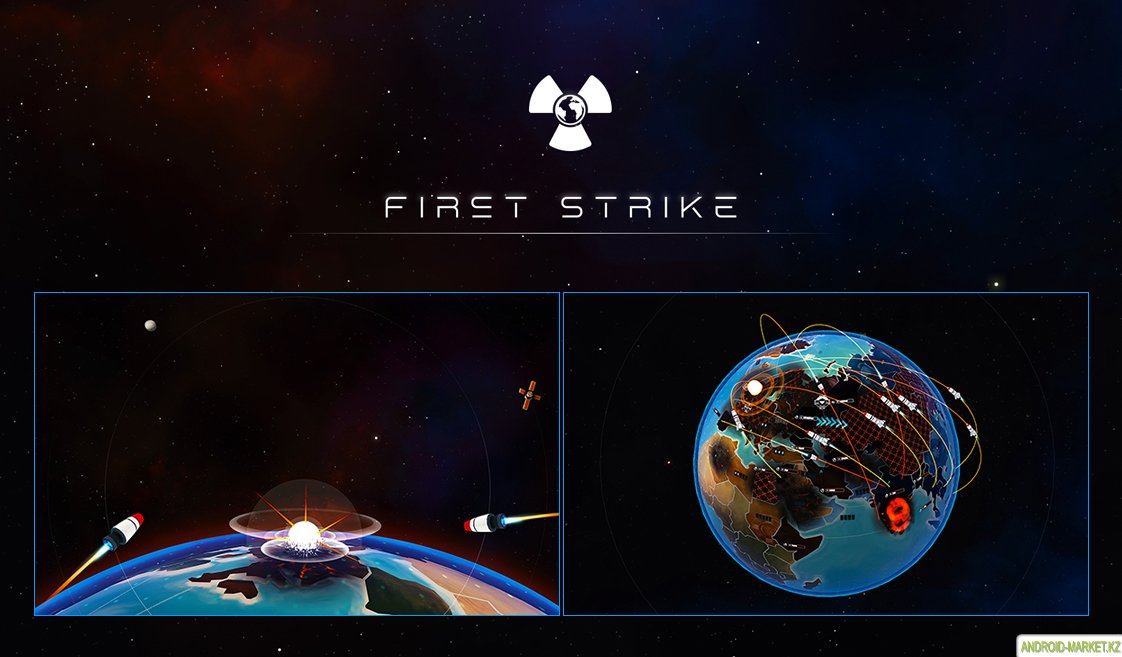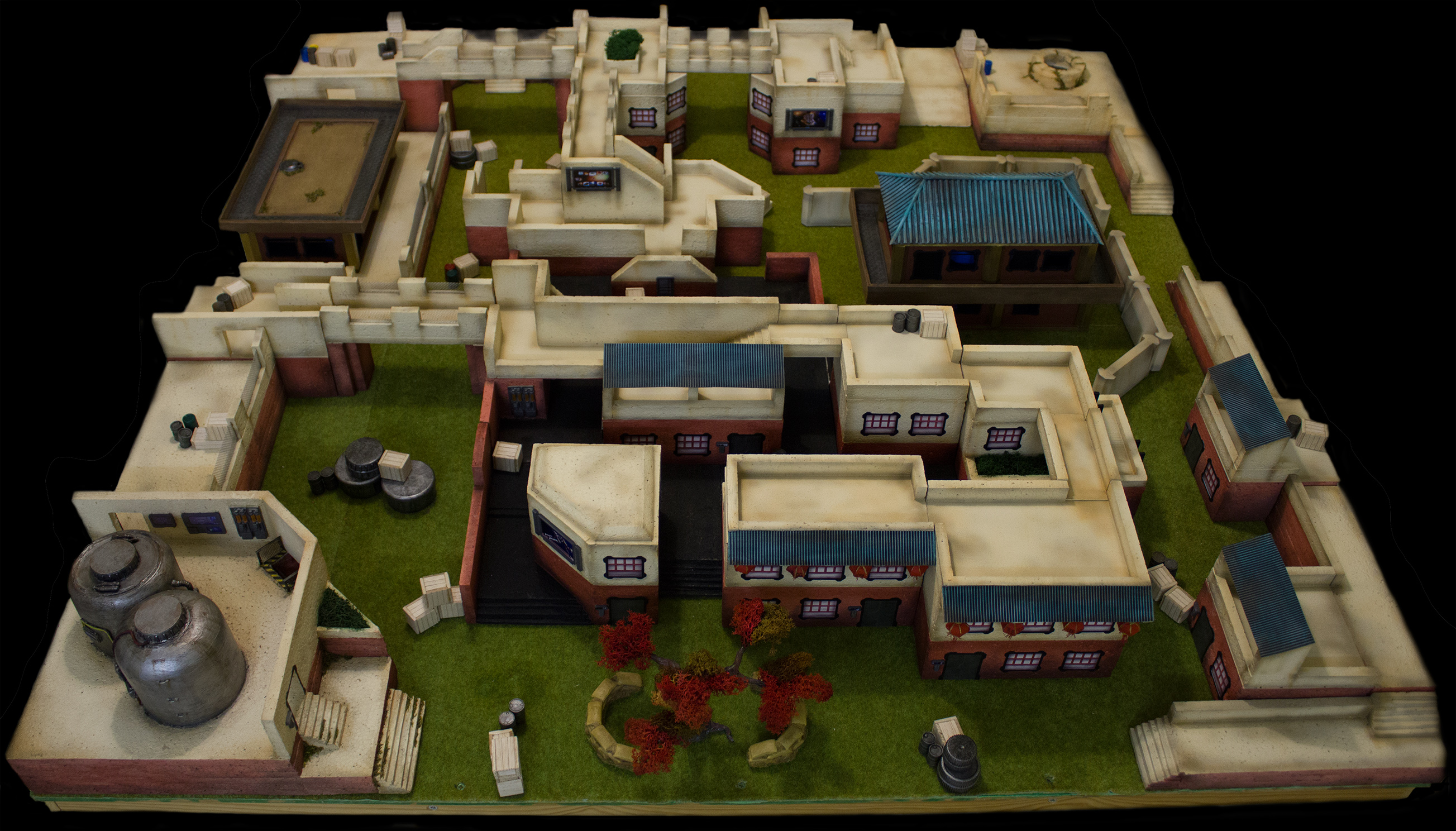40K: Turn Order Needs An Overhaul


 What’s this you say? Change the foundation upon which the game is built? Blasphemer! Heretic! Chaos spawn! Guilty on all accounts.
What’s this you say? Change the foundation upon which the game is built? Blasphemer! Heretic! Chaos spawn! Guilty on all accounts.
As the power levels of individual units has risen, Lords of War/D-Weps have become part of daily life and formations are the flavor of the day, it is much easier to perform effective Alpha Strikes and end games, IMO, much too early. Do we really come to the table just to get slammered (I just made that word up…it sounded right) by turn 2? I know I don’t. Maybe in the tournament scene this is an enjoyable occurrence, although I doubt this is true there either. In local metas, it is easier to mitigate such shinnanegans by asking the “do I want to lose friends?” question. Still, in the hobby as a whole, because of the aforementioned increase in overall power levels, the importance of First Turn has risen to a troubling level.
The Problem with Going 2nd
Two examples. First, I am playing a friend who has two mobs of 15 Lootas, both of which are on rooftops. I take a squad of 3 Quad Mortars to try and mitigate this. If he gets first turn, he can easily scratch those 3 mortars with either mob, and still have room to spare. Conversely, if I get a first shot off my 12 templates have a good chance of eliminating one of those mobs. If both of those Loota mobs survive into turn 2…ouch! Next case is a friend who has a Fellblade and a Spartan…need I say more? If he gets first shot off, I may well and truly just start packing up my models. I am sure that you, dear readers, can come up with plenty of your own examples to illustrate the criticality of getting First Turn. With each example we are making a case. There is, admittedly, some hyperbole here. None the less, the importance of First Turn starts to invalidate list choices, tactics, e.g.
OK, Dan, so you tell us there is a problem. What to do about it? There is no community solution here. To affect any change that will not totally blow the current turn order out of the water is a job for the writers of 8th edition, if and when that ever arrives. I still think it is worth at least talking about, since the more we discuss the need for change, the better our chances of having it occur…well, maybe. So here are a couple of ideas for you to ponder.
The Grass is Always Greener…
Two gaming systems that I have actually played that deal with turn order in a completely different way are Malifaux and Infinity. Both, by the way, are “skirmish” games with a limited number (usually 10-15) of models to move about the table. Malifaux uses a system that lets one player activate a single model, then the other player. There are obviously mechanics that affect this, but in general it’s “move mine – move yours.” With Infinity, each player generates an “order pool” based on the number of models they have. Interestingly, there is no limit as to how the order can be used by individual models. For example, if the order pool has 10 orders, one model could move 3 times and shoot twice. Another could then shoot 5 times. Additionally, there is a mechanic called “AROs” (Automatic Reaction Orders) that allows the player who is not actively using their order pool to respond to movement/shooting. In both the case of Malifaux and Infinity, there is very little down time for either player in terms of affecting the game. The “inactive” players is anything but, and actively participates in the game during the entire turn. To me, this is the key area that could effectively deal with the inability to react to an opponents actions. These and many other successful tabletop gaming systems have run, and run hard, away from the “you go – I go” mechanic. It’s time for 40K to do the same.

Can It Be Done?
One of the issues that 40K would have is the way it has segregated movement, psychic, shoot and assault into separate, sequenced phases. It makes a transition to a more “interactive” systems difficult…unless. Why not use a mechanic similar to those above for only the shooting phase? Limiting this type of mechanic to the shooting phase, which is where most of the Alpha Strike goodness is unleashed anyway, would leave intact the phases that don’t require the tit-for-tat mechanic. You shoot a unit, I fire back with a unit. Does the unit returning fire have to be the one shot at? Does a unit get to fire back even if it was eliminated by the shooting (simultaneous firing)? These questions and a bazillion others are for the rules wonks to answer. This type of change would of course lessen the impact of powerful units, in so much as it would allow opponents to respond with appropriate tactics. Unlike the current meta, where your army sits helplessly and watches your opponent roll dice while you remove entire units from the tabletop. Although Lords of War and Formations would still be powerful, at least it would allow both players to be active participants during the entire game turn. Are there counters to powerful LoW and Formations? Sure. I get that. But if the rest of your army is smacked off of the table by Turn 2, what good does it do? Just as in the case of Alpha Strike examples, we could list dozens of counters for this or that LoW or Formation. My question to you readers, is why do we have to rely on getting First Turn in order to use our counters or Alpha Strikes? Is it the sign of a bad player if they rely too heavily on Alpha Striking? Or is that just part of the competitive scene? I am not saying folks don’t get tabled in Malifaux or Infinity…I have been both victim and perpetrator in both games. Between two pretty evenly matched players, it is however, pretty rare.
One Last Thing
Final thought. Is it even possible to move to a more flexible/tactical system in 40K? We are usually talking several dozen models (40K) vs. one dozen (Malifaux/Infinity) after all. But wait…isn’t a unit in 40K the equivalent of a model in a skirmish game? For the most part, they act together during each phase of a turn. So how are my 12 Space Marine units different than 12 Infinity models in terms of say, shooting? The number of dice is way different, but how different are they really in terms of final effect on the model/unit? A single model takes wounds, a unit takes wounds. A single model checks for morale and a unit checks for morale. A single model fires its weapons, a single unit fires their weapons. Something to consider.
Your thoughts on the “I go – you go” model we currently play with?




